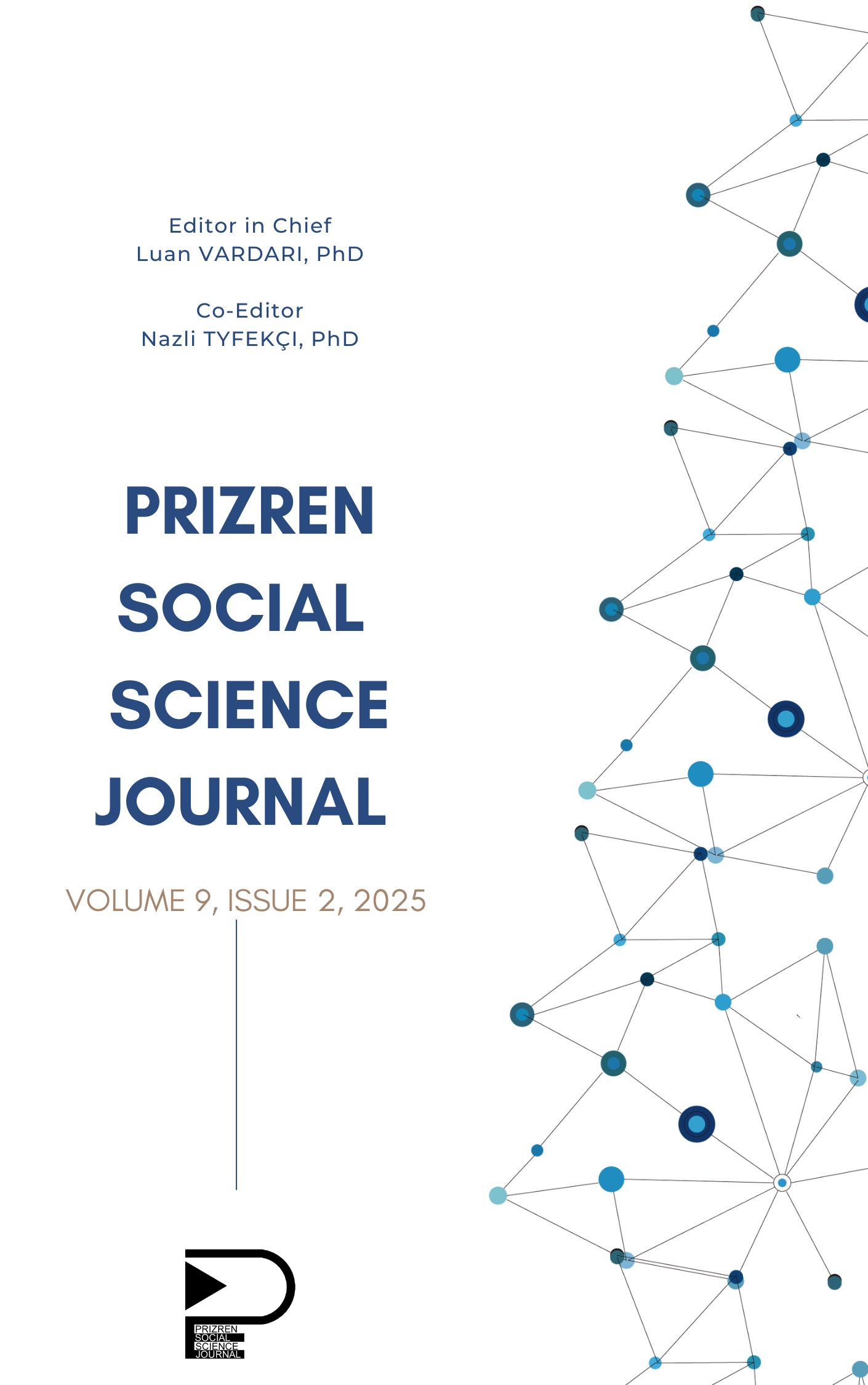Abstract
This paper addresses the concept of the absurd in Albert Camus’s The Stranger and Fatos Kongoli’s The Lost One, works that come from different temporal and regional realities. Through a comparative method, it aims to reveal how the absurd is experienced and presented in two distinct literary worlds. In this context, similarities and differences are highlighted in the ways the characters confront the absurd: Meursault accepts it without resistance, while Thesari accepts it in an imposed manner because there is no other choice. This concept is viewed from different perspectives, also taking into account social factors, as social and political conditions play an important role in Kongoli’s absurd, whereas Camus’s absurd is deeply existential. It is understood that this comparative analysis emphasizes the universality of the theme of the absurd in literature, where the challenges faced by the individual in different cultures are also evident.
References
Camus, A. (1986). I huaji. Prishtinë, Kosovë: Rilindja.
Camus, A. (2016). Miti i Sizifit (P. Sinani, Trans.). Tiranë, Shqipëri: Fan Noli.
Elsie, R. (2005, February 4–7). Freedom and chaos. Illyria, p. 6.
Esslin, M. (1961). The theatre of the absurd. New York, NY: Anchor Books.
Hamiti, M. (2016). Besimi letrar. Prishtinë, Kosovë: Parnas.
Kongoli, F. (2005). I humburi. Prishtinë, Kosovë: Koha Ditore.
Prendi, A. (2015). Albanian contemporary novel as an artistic transcription of physical and metaphysical reality of Albanian society of “The Transition.” Academic Journal of Interdisciplinary Studies, 4(1), 303–312. https://doi.org/10.5901/ajis.2015.v4n1p303
Sartre, J.-P. (1989). An explication of The stranger. In H. Bloom (Ed.), Albert Camus’s The stranger (pp. 3–17). Chelsea House Publishers.
Totaj, G. (2013). The blot of the past as the uncertainty of the future. Anglisticum, 2(1), 29–32.

This work is licensed under a Creative Commons Attribution-NonCommercial-NoDerivatives 4.0 International License.
Copyright (c) 2025 Elita OMAJ, Meral SHEHABI-VESELI

